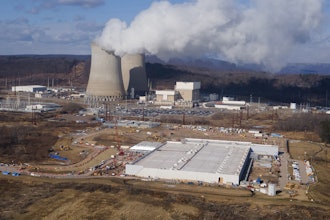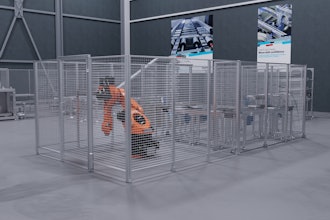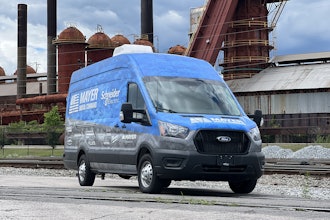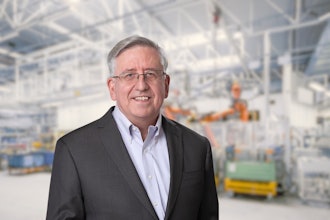I recently returned from a Rotomolding meeting in which there was a very interesting presentation on “Additive Manufacturing.” It turns out there are seven different techniques for applying what is now called Additive Manufacturing, one of which is 3D printing. You may have noticed that 3D printing is getting a lot of attention these days.
I was trying to make the connection between the 3D printing technology and rotational molding and honestly, in my opinion, it fell short on it being used as a production method. Although it is very fast to produce a product from design to plastic part, it turns out that the time to produce the next and subsequent parts would be anywhere from a couple of days to a week depending upon size and complexity (talk about a long cycle time).
The technology therefore has its highest value to the rotational molder designer to show how the part will physically look and work. When challenged with the normal size of rotationally molded parts being quite large, it was said that a lot of work is done to small scale which would allow faster production of the part.
There is value to seeing a plastic part even though not to size. The other advantage is for one-off projects. Things like replacing parts in remote military locations or even the International Space Station where computer files can be sent and parts made on site.
All of that having been said, 3D printing is very much in the spotlight and is a proven technology. As with other technologies, early version equipment tended to be quite expensive, but as time goes by, the equipment becomes very affordable. This is certainly the case with 3D printing. There are desktop models available for under $2,000, and some even cheaper.
Although 3D printing will not replace the traditional rotomolding process anytime soon, it is still a very interesting and progressive technology that we, as an industry, should embrace and whose development we should follow closely.
[Note from ARM: Rotoplas 2014 will feature sessions on how rotomolders have used 3D Printing and 3D Scanning. Don't miss Rotoplas October 6-9 in Chicago. Registration opens the week of June 16.]
Sandy Scaccia is the owner of Norstar Aluminum Molds and the current Chairman of the ARM Promotion Committee. He will co-present the What’s Your Problem? workshop at Rotoplas 2014.
The ARM Blog is written by a variety of leaders in the rotational molding industry. We encourage you to share your input in the comment section. If you’re interested in writing a post for the blog, email ARM staff at [email protected].
For more information about the Association, visit www.rotomolding.org






















